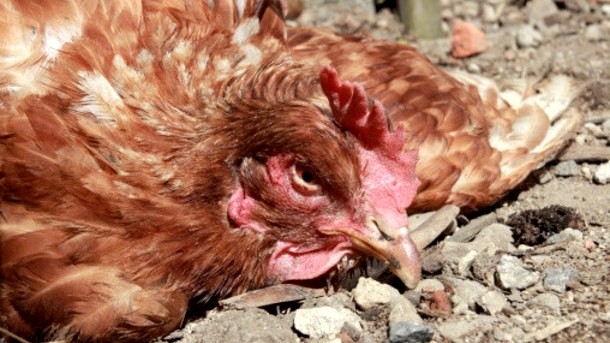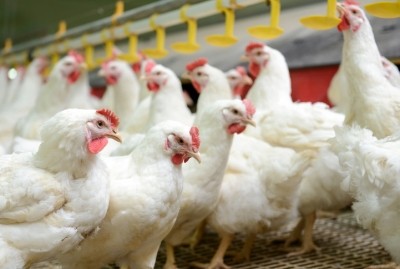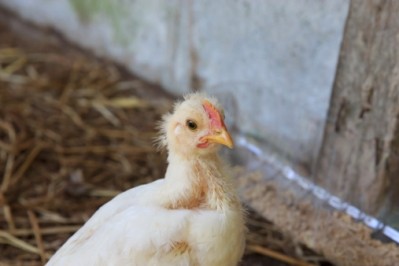China
Return of deadly bird flu strain prompts agencies to rethink approach

Human cases of the H7N9 virus, which was first detected in China four years ago, have suddenly increased since December.
By early March, it is estimated that more human cases of influenza A (H7N9) were reported than those caused by all other types of avian influenza viruses combined, including H5N1 and H5N6.
As during previous waves of the disease, most of the 1,200 infected patients have reported a history of visiting live bird markets or coming into contact with infected birds.
Since 2013, China has invested heavily in surveillance of live bird markets and poultry farms, though the surveillance of this virus in particular has proven especially challenging as it shows no or few signs of disease in chickens.
"Considering the potential for mutation of the avian influenza virus, constant surveillance by national veterinary services of the different strains circulating in animals in their country is essential to protect both animal and human health", said Matthew Stone, deputy director-general of the World Organisation for Animal Health (OIE) of the United Nations.
To protect human health the disease must be tackled at its source in poultry farms and markets, the FAO's representative in China added.
"Targeted surveillance to detect the disease and clean infected farms and live bird markets, intervening at critical points along the poultry value chain is required. There should be incentives for everybody involved in poultry production and marketing to enforce disease control,” said Vincent Martin.
Until recently H7N9 has demonstrated low pathogenicity, meaning it may cause mild or no illnesses in poultry.
But new evidence from Guangdong province now indicates that H7N9 has shifted to high pathogenicity in poultry while still retaining its capacity to cause severe illness in humans. This genetic change can lead to high rates of death in birds within 48 hours of infection.
This may potentially make it easier to assess when chickens are infected and bring about control measures in farms, but it also raises the risk of severe economic losses for poultry producers.
"China has been quick to notify international organisations about the virus’s recent change from low to high pathogenicity in poultry. Given the continuous risk of virus change, inherent to all influenza viruses, timely sharing of surveillance results and sequence information with the international community is crucial for pandemic preparedness," Stone said.
Targeted, widespread monitoring and an effective response to detections are urgently needed to prevent the virus from spreading beyond China's eastern and southeastern regions, where it is now considered endemic.
So far, the Guangdong strain has not been notified in poultry populations outside of China despite intensified surveillance in neighbouring countries and those at risk. The UN believes that neighbouring countries remain at high risk, as do markets with formal and informal poultry trade connections to China.
A further concern is the possibility that changes seen in the H7N9 virus may affect wild bird populations, by posing risks to their health or turning them into migratory carriers of the virus. This raises the possibility that the disease moving much further afield to Europe, Africa or the Americas.
Responding to the latest surge of cases, China's Ministry of Agriculture has ordered animal husbandry, veterinary and public health officers, as well as authorities in charge of industry and commerce, to closely coordinate in their efforts.
The Harbin Veterinary Research Institute, which serves as the headquarters for China’s avian influenza scientific response, has been closely monitoring for virus mutations and epidemic status. Chinese authorities say that culling is required for affected flocks, while increased hygiene at live-bird markets is being enforced.
The agriculture ministry is implementing measures to improve biosecurity in markets, including enforced market-wide rest days, and preventing birds from remaining overnight to avoid an accumulation of the virus.
The FAO’s chief veterinary officer, Juan Lubroth, said there is now a pressing need to understand why measures already taken by China have not worked as well as expected.
"We need to understand the drivers of this disease, and in devising appropriate control and preventive strategies and longer-term management programmes,” Dr Lubroth said.
"These must be tailored to meet the expectations of all stakeholders involved, such as farmers, traders, transporters, market operators, government and international agencies and the consumer."
The FAO and OIE are now urging China and neighbouring countries to be vigilant for a potential incursion of the virus, in its low or highly pathogenic form. They are also calling for urgent investment in surveillance and laboratory detection to safeguard trade.













